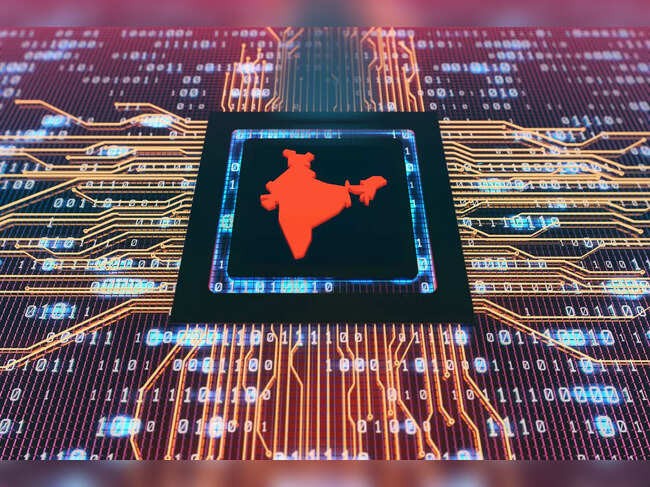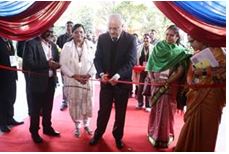



The Grameen Credit Score (GCS) initiative, introduced in the 2025-26 Budget, aims to assess creditworthiness of rural women entrepreneurs in Self Help Groups (SHGs) using non-traditional data like savings patterns and micro-loan repayments. This framework enhances financial inclusion by enabling access to formal loans and tailored financial products.

Copyright infringement not intended
Picture Courtesy: livemint
The Grameen Credit Score (GCS) is a newly launched initiative introduced by the Finance Minister in the Union Budget 2025.
The Union Finance Minister introduced in the 2025-26 Budget to assess the creditworthiness of rural women entrepreneurs in Self Help Groups (SHGs).
Public sector banks developed this framework to integrate SHG members into India’s formal financial system.
Unlike traditional credit scores (e.g., CIBIL), which depend on bank transactions and loan histories, the GCS evaluates non-traditional data such as savings patterns, SHG meeting attendance, and microloan repayment records.
Rural borrowers, mainly women in SHGs, often lack access to formal banking services due to insufficient data. GCS helps include them by evaluating non-traditional data.
GCS considers factors like savings behavior, group meeting attendance, and SHG repayment records, providing a more tailored assessment.
With a formal credit score, rural women can access better loan products, expand their businesses, and build stronger credit profiles.

The GCS will collect data from various sources, including SHG transaction records, mobile banking data, and government schemes, to create a “digital footprint” for rural borrowers.
The system will update scores dynamically as borrowers make payments, save money, or attend meetings, helping banks offer loans with appropriate interest rates and repayment terms.
With a reliable credit score, banks can design customized products such as microcredit or tailored credit cards with limits up to ₹5 lakh for SHG members.
The credit score framework is expected to improve the overall health of the microfinance sector by identifying fraudulent behavior and encouraging responsible borrowing.
Gathering accurate data from rural areas with lower digital literacy poses a challenge.
Reliable mobile and internet connectivity in rural regions is essential for successful implementation.
Both borrowers and bank staff need training to understand and effectively use the new credit scoring system.
Advanced analytics and machine learning will be essential for refining the model over time as more data becomes available.
Must Read Articles:
Source:
|
PRACTICE QUESTION Q.Discuss the role of Self-Help Groups (SHGs) in financial inclusion and women empowerment in rural India. 150 words |








© 2025 iasgyan. All right reserved